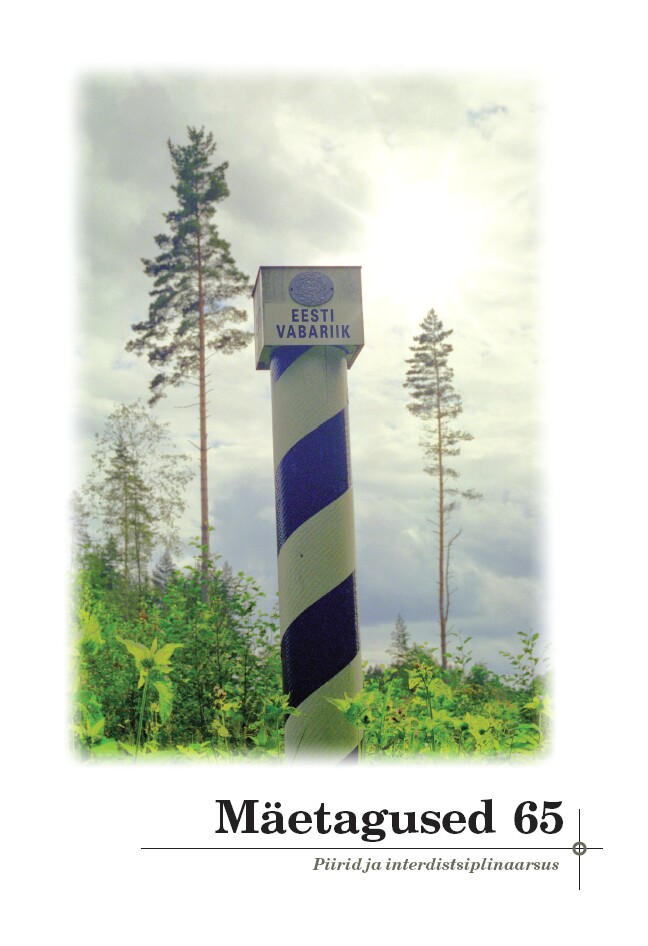Kurtide folkloori kogumine, uurimine ja õpetamine
Collecting, studying, and teaching Deaf folklore
Author(s): Liina PaalesSubject(s): Semiotics / Semiology, Customs / Folklore, Cultural Anthropology / Ethnology, Culture and social structure
Published by: Eesti Kirjandusmuuseum
Keywords: Deafhood; Deaf folklore; Estonian Deaf community; Estonian Sign Language; Facebook; folklore;
Summary/Abstract: Different aspects of deafness are dealt with within the realms of, for example, medicine, law, educational science, and psychology. This article focuses on the Deaf folk group, and more specifically on the Estonian Deaf community and its culture from the viewpoint of folkloristics. The article views the possibilities of folklore research in studying deafness and Deafhood and in the application of such information. This article springs from the approach of the American folklorist Alan Dundes on folk groups. The term ’folk group’ enables to be unspecific about whether the group is a minority, ethnos, disability, or any other type of group. For Deaf group identity, different manifestations of similarity are considered, like, for example, Deafhood, sign language skills, and knowledge of Deaf culture. In Estonia the number of Deaf community members is approximately 1300. The Estonian Sign Language is estimated to have about 4500 regular deaf and hearing users. In Estonia, 1–2 deaf babies are born for every 1000 children, approximately 15 children per year. Most of the deaf children are born into hearing families; they are switched into the cyborgization process and go to regular schools. From the cultural point of view, such deaf children grow into hearing people. The Estonian Sign Language started to be taught at the University of Tartu in the 1990s. The author, who is a hearing person, started collecting and studying Estonian Deaf folklore in the middle of the 1990s. The subject course in Deaf folklore was first taught at the University of Tartu in the 2007/2008 academic year under the curriculum Estonian Sign Language interpreter. In order to describe Deaf folklore, it was necessary to create terminology in Estonian and in the Estonian Sign Language. For the purpose of the Deaf folklore course, video files and folklore texts of folklore terms in the Estonian Sign Language were recorded in cooperation with Deaf people. A new environment for collecting Estonian Deaf folklore is the Facebook group Eesti kurtide folkloor (Estonian Deaf folklore), which can be joined by sending a request. This group was formed by Deaf interpreter Gretel Murd on 5/03/2015. The group has more than 500 deaf and hearing members and three administrators (two deaf and one hearing). Its members have posted videos, shared photos and written texts in Estonian. Video texts contain, for example, jokes, sign play, riddles, memories from the school for the Deaf, and experience stories. Unfortunately, the group is limited to the Facebook community. So far, mostly younger and middle-aged people who use the social media have joined the group. Elderly Deaf people should still be visited personally, interviewed, and recorded. Yet, creating such a space for collecting Estonian Deaf folklore is undoubtedly a precedent, which involves collection-specific as well as ethical and legal issues. Its positive aspect is that for the first time the centre of activity in collecting group lore was shifted to the Deaf themselves. Folkloristics offers plenty of opportunities for discussing the topics of hearing ability and Deafhood, including the Deaf folk group, implantation, and cyber-hearing people (cyborgs). Anti-folklore concerning cochlear implants (experience stories, jokes, photos, cartoons), experience stories of those having implants, everyday opinions on visual and audio equipment, and various other topics are still waiting to be collected. Collecting, studying, and promoting Deaf folklore contributes to the preservation, development, and enrichment of the Estonian Sign Language, maintaining the Deaf culture and enhancing the self-concept of its representatives in the hearing society. Folklore texts communicated by deaf people in sign language are suitable as authentic sign-language sources for study materials both in the training of the Estonian Sign Language interpreters and folklorists, as well as for studying Deaf folklore and the Estonian Sign Language.
Journal: Mäetagused. Hüperajakiri
- Issue Year: 2016
- Issue No: 65
- Page Range: 77-94
- Page Count: 18
- Language: Estonian

